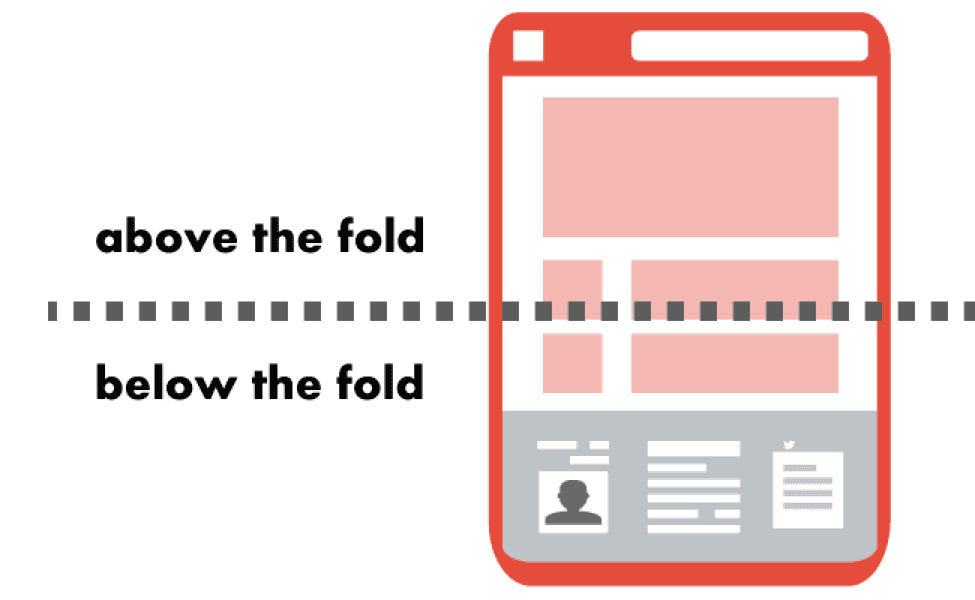What is Below the Fold?
Below the fold is a term that refers to the area of a webpage that a user must scroll to see. In other words, the content is not immediately visible when they first land on the page so they must scroll down the webpage to view it.
Below the fold is a term that originated with newspaper publishing when there was an actual fold in the middle of a physical page of a newspaper. Therefore, below the fold refers to anything that came beneath that fold. For digital marketing purposes, the fold is where the page naturally ends before you need to keep scrolling.
In newspaper publishing, content that was considered less important was usually placed below the fold because it was unable to be seen when displayed on a newsstand. For digital marketing, content placed below the fold isn’t necessarily less important, but it may not be as urgent or flow well at the start of a blog or webpage.
The fold is typically located at approximately 600 pixels from the top of the page; therefore, when you are strategizing webpage content and call to action buttons, you must understand your platform and its spacing.




